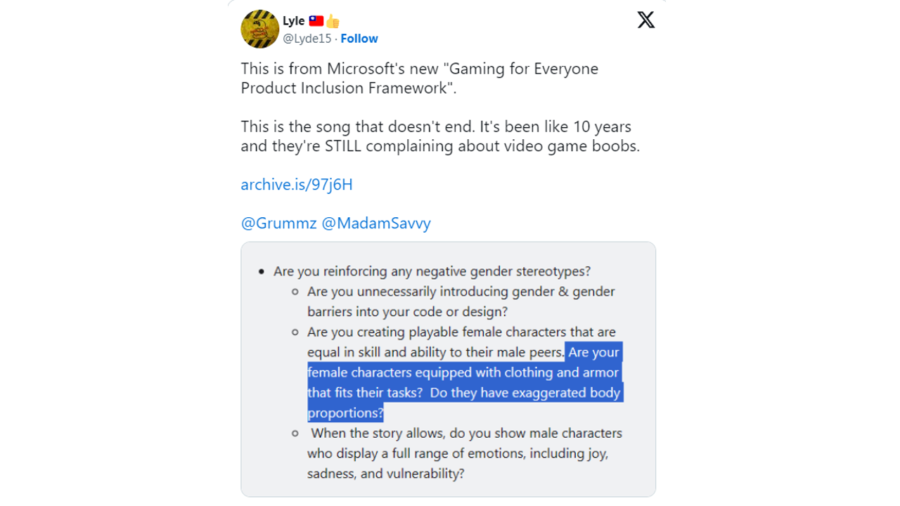Microsoft Doesn’t Want Curvy Women In Video Games, Warns Developers Against Certain Body Proportions
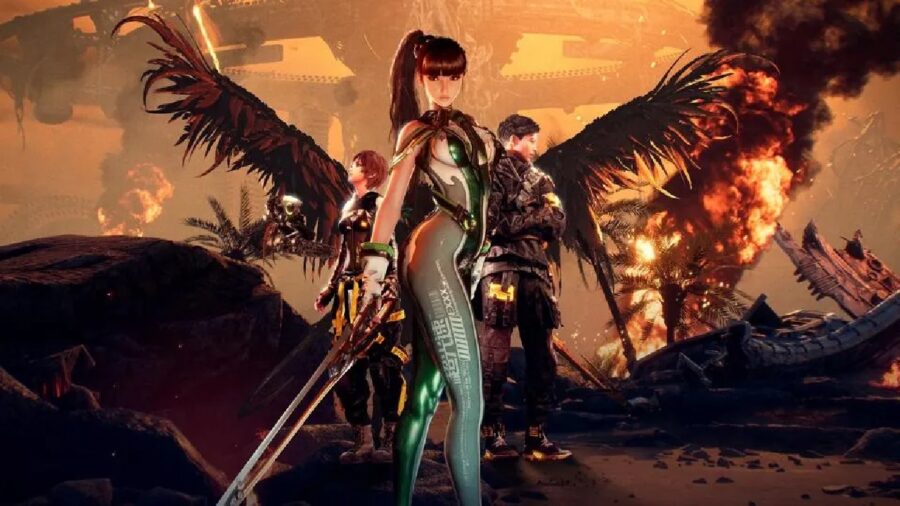
The age of confusion is upon us when it comes to the development of female video game characters. Microsoft has recently received scrutiny over a list of questions/guidelines the company urges new developers to consider when working on building their games.
Microsoft Guidelines
One X (formerly Twitter) user took the time to put Microsoft on blast for their “Gaming for Everyone Product Inclusion Framework,” saying “This is the song that doesn’t end. It’s been like 10 years and they’re STILL complaining about video game boobs.”
The exact terminology on the Microsoft page asks, “Are you reinforcing any negative gender stereotypes? Are your female characters equipped with the clothing and armor that fits their tasks? Do they have exaggerated body proportions?”
Who Defines Normal?
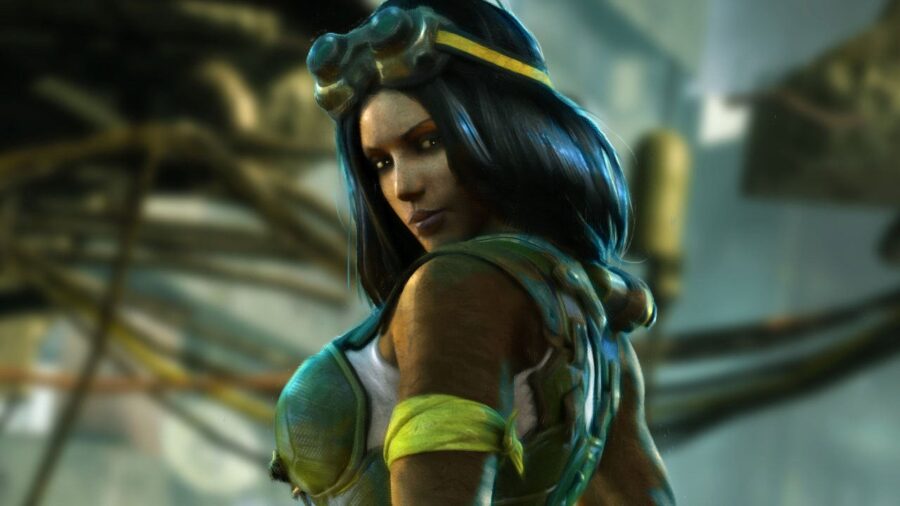
Though presented as simple “Yes” or “No” questions, they are not. Microsoft’s questions only lead to more questions. Like … what is the Microsoft standard for “normal” exactly? How does a developer know if a female has “exaggerated proportions” or not? What “shapes” are acceptable?
Forcing Developers Into One Size Fits All
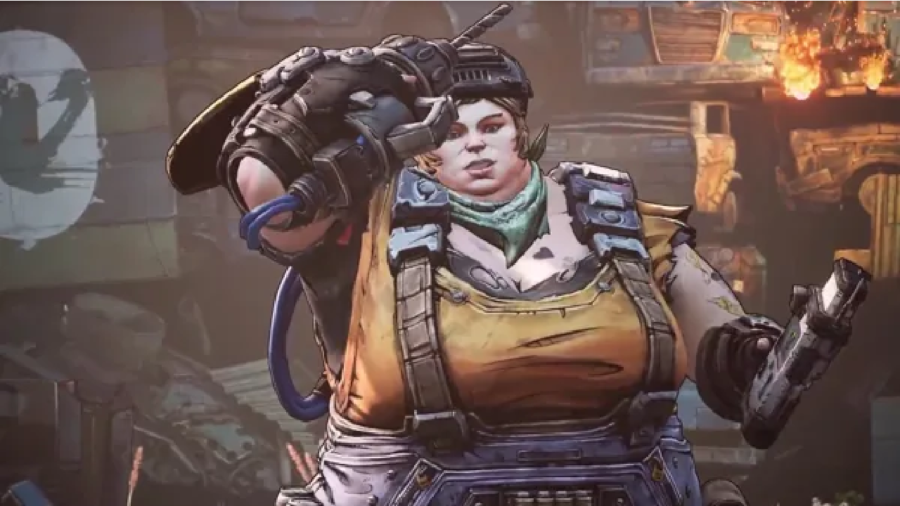
Is Ellie from Borderlands considered a character with “exaggerated proportions?” She doesn’t carry a mainstream desirable figure around, but she’s huge and definitely has big boobs. Why is her character not even on the radar for Microsoft and those who are up in arms about how game developers are portraying women?
Women Come In All Shapes And Sizes
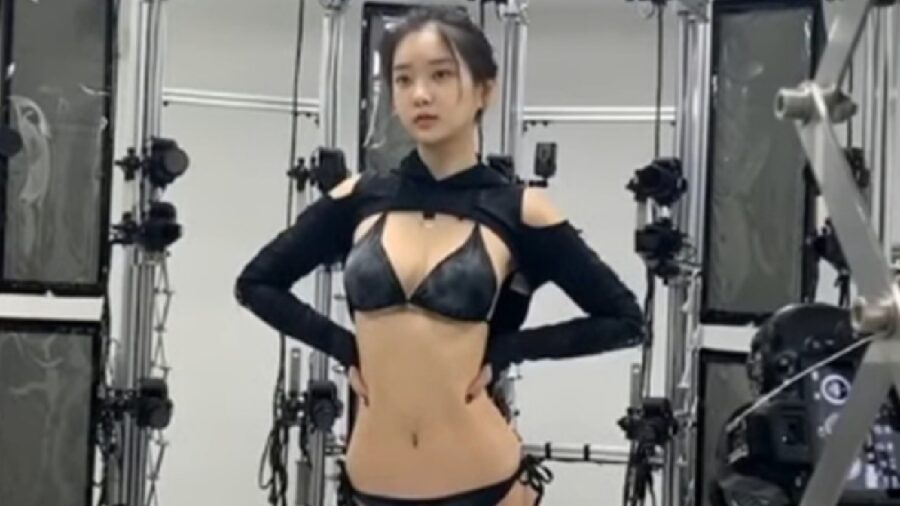
The most recent video game to come under fire for the shape of its lead female character is Stellar Blade. Eve, the protagonist in the game, sports a slim yet busty body figure that was built around 3D scans of a real live Korean model named Shin Jae-eun. She’s a fairly “regular” looking female.
Would Microsoft Allow Different Artstyles?

It might be easier to see why Microsoft might complain about a character like the Sorceress from Dragon’s Crown, but there’s a bigger picture to consider here. There are women in the world who look like these characters.
Women come in all shapes and sizes, and a lot of today’s video games allow players to modify the shapes of their chosen characters, eradicating the need for any argument over size. Getting picky about acceptable proportions could be seen as a setback for Microsoft in a progressive and diverse gaming world.
Fails At Their Own Guidelines

If you take a look at the full page of Microsoft’s guidelines, you’ll see that they are trying rather hard to avoid being scrutinized for misrepresentations and stereotypes. The whole point of the page is to promote “political correctness” in the content they receive.
Microsoft made a misstep by jumping into the female representation argument. They tried to counteract any raised eyebrows by following their “exaggerated proportions” question with, “When the story allows, do you show male characters who display a full range of emotions, including joy, sadness, and vulnerability?” Clearly, it didn’t work.
Appropriate Is Subjective
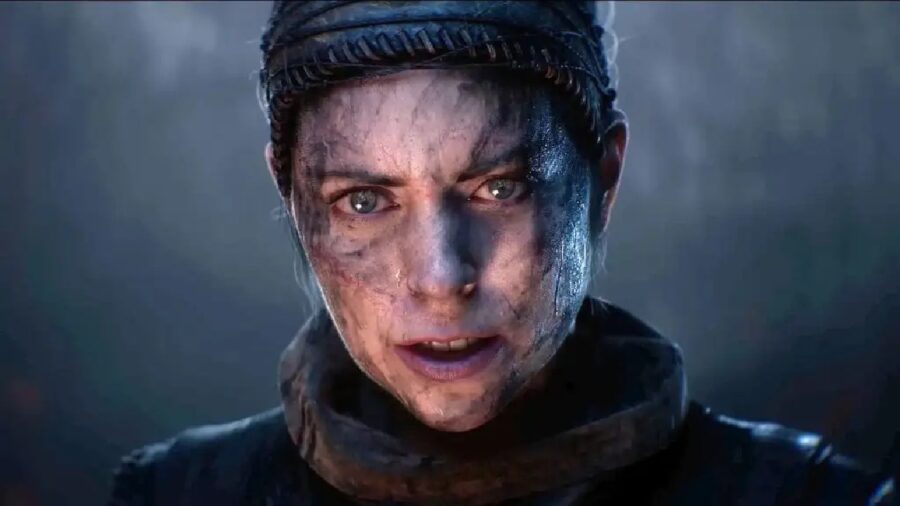
It might be better for Microsoft to simply utilize discretion when choosing which games make it to market instead of crafting a lovely outline of what you will or will not accept from developers. Ultimately, the argument over what is and is not “appropriate” will always be present and subjective in nature.
Source: Microsoft
